The Metaverse Overview: From the Past to the Future(Part 1)
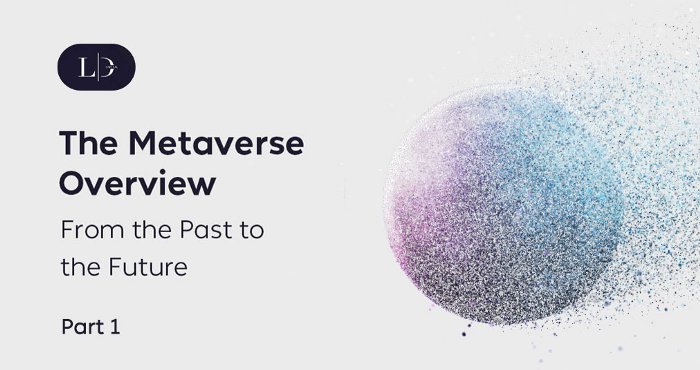
Produced by: LD Capital Research
Author: James Kuo, VP of LD Capital
Research Associates: Noise Chou, YY, Betty, Lightmanben
Translation: YY, Lightmanben
TL;DR
1.The Metaverse is rooted on the Internet and destined to be a more magnificent world. However, it is too early to celebrate its success.
2.The hard technology has become the bottleneck for Metaverse development, followed by the heterogeneous integration of blockchain and the Internet. Those mentioned points will significantly decline user experience, and it is hard to form the virtuous cycles of “Flywheel Effect” and “Network Effect”.
3.The importance of blockchain to the development of Metaverse is still seriously underestimated. Karl Marx asserted that the superstructure, as all elements of a society’s structure, depends on its economic base, so is Metaverse.
4.Gamification, entertainment, and incentive will be the core aspects for guiding the development of Metaverse. However, such a trend does not always bring good results. It makes exploitation easier and more concealed. Blockchain may be our only solution for this issue.
5.Be vigilant to the NFT bubble and avoid stepping into the liquidity traps. Although NFT is trendy worldwide, it is easy to become a pure seller’s market and be controlled by fewer funds. Once the market consensus collapses, the NFT price is prone to plummet till the liquidity dried up.
6.The development of GameFi is promising, but the exceptional turnover and profitability for specific projects may not be replicable.
0 Introduction
In 2021, the public listing of Roblox, as the first Metaverse stock, boosts the emergence of the Metaverse concept. Metaverse became a new trend sweeping the Internet, VR/AR, and financial investment field. It seems that humankind has leaped into the Age of Discovery for the virtual universe.
The development of Metaverse is due to the resignation of reality and the desire to explore that deeply rooted in human nature. Throughout human history, whether in the Age of Discovery or the Digital Revolution, the desire to explore has always been the driving force behind human progress. Driven by the desire to explore, humankind crossed the ocean, conquered the entire Earth, and now set the targets towards outer space, following by successfully landing on the moon and launching planetary exploration probes that leave the Solar System. On the one hand, due to the limitation of space technology, human beings have to stay trapped on the Earth. On the other hand, the coronavirus pandemic continues to rage globally, forcing people to shift their daily activities online and, therefore, extensively promoting the Metaverse’s popularity. In addition, with the rise of microcomputers, VR equipment, and high-speed network technologies like 5G, the future life depicted in Ready Player One is at our fingertips.
The purpose of this article is to demonstrate a systematic and comprehensive summary and analysis of the past and present for Metaverse, to provide readers with an overview of the Metaverse industry, and try to elaborate an exciting future vision of Metaverse. At the same time, this article will also conduct detailed research and reasoning on the integration of DeFi, NFT, and Metaverse from the blockchain perspective.
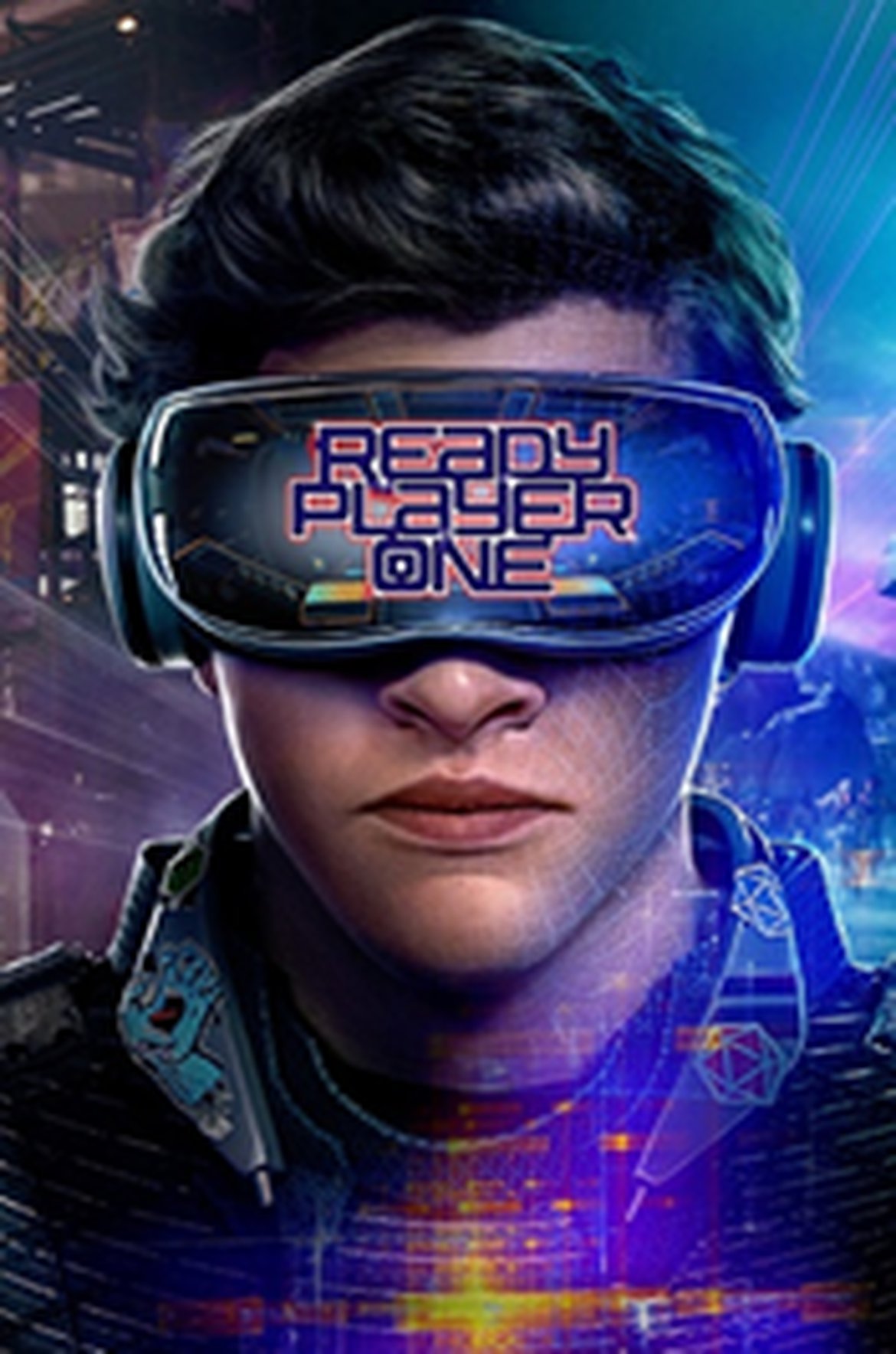
1 The Origin and Evolution of Metaverse
1.1 The Origin and Core Features of Metaverse
The word “Metaverse” is made up of “meta” (beyond) and “verse” (universe), meaning the concept that is beyond the real universe. This concept originated from the bold imagination of Sci-Fi writers, and the term was coined in Neal Stephenson’s 1992 Sci-Fi novel Snow Crash, where humans could interact with each other and software agents in a 3D cyberpunk-like space. According to Wikipedia, the precise definition of Metaverse is shown as following:
“The Metaverse is a collective virtual shared space[1] including the sum of all virtual worlds and the Internet. It may contain derivatives or copies of the real world, but it is distinct from augmented reality. The term is typically used to describe the concept of a future iteration of the Internet, made up of persistent, shared, 3D virtual spaces linked into a perceived virtual universe.”
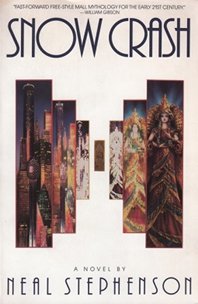
From the definition of Metaverse, we can summarize its core features based on the “first-principles”:
- Sustainability
Metaverse is not just a VR movie or UGC game but should be a sustainable system that continuously provides service and content with an ever-evolving and enriching ecosystem, just like the Internet.
- Immersion
Metaverse aims to build a virtual shared space beyond the real universe. Therefore, it must integrate with VR, AR, and even brain-computer interface technologies and possess features such as holographic sharing, 3D virtualization, low latency, the sensation of reality, real-time interaction, and virtual identity to provide users with a sensory experience that is sufficiently real but surpasses the real.
- Openness
Metaverse should inherit the openness of the Internet, allowing anyone to freely access and disconnect to Metaverse, also encouraging everyone to create and interact with each other, so the Metaverse is set to achieve sustainable ecological prosperity by gaining the advances of science and technology innovation, financial innovation, business model innovation, and high-quality content.
- Economic System
The economic system is the finishing touch for Metaverse. The Metaverse is continuously nourished by the users’ innovation and accumulated high-quality content inspired by a fair, free and dynamic economic system. The economic system should contain two parts: First, it supports an open payment and settlement system based on blockchain to fulfill the users’ need of asking for a real-time, fair, transparent, and fast P2P payment. Second, to encourage users to accumulate wealth through continuous innovations, the virtual items and innovations of users in Metaverse should be able to be identified and converted into digital assets, traded, transferred, invested, etc.
1.2 The Evolution of Metaverse
The Metaverse is not a theoretical concept that appeared out of thin air, but a good imagination based on scientific and technological development and the evolution law of science and technology. For a more truthful and accurate sorting of industrial ecosystem and future law of development in it, it is fundamental to understand the historical evolution path of the Metaverse.
This article divides the evolution of Metaverse into the following three core components: the Internet, immersive interactive devices, and blockchain. The maturity of the Internet provides Metaverse with computing power, low latency network transmission, and a vast number of virtual interactive environments (including games, movies, online concerts, etc.). The immersive interactive devices provide users with a real-life, long-lasting, smooth experience, serving as the bridge between reality and the Metaverse. Blockchain provides open technology services based on large-scale coordination and organization of virtual networks, including ownership confirmation, incentive collaboration, decentralized organization, open finance, etc.
- The Internet: Infrastructure for Virtual Interconnection
The Internet is the primary prerequisite for the birth of the Metaverse. It provides an underlying physical connection that combines network and computing power and generates a significant number of high-quality content (such as games, audio, video, etc.) to constitute Metaverse’s virtual interconnection infrastructure. Metaverse, as the result of inheritance and evolution, is the next generation of the Internet.
The Internet development can be traced back to ARPANET in 1969 and is mainly used for data exchanges between research institutions. However, the Internet truly becomes available to the public and quickly permeates people’s daily activities (such as social, work, life, entertainment, etc.) through integrating the World Wide Web and web browsers. Although the Internet user experience back at that time was just average, it has already shown an unstoppable impetus of prosperity. For the first time, the Internet allows people worldwide to perform interaction and communication that cross time zones. Therefore, ever after the birth of the concept “Metaverse” in 1992, the Internet has become an essential component.

The above picture is the visual representation of the metaphysical spaces of the Internet that were created in 2003. It is clear to see that the Internet has already shown a considerable scale at that time. The picture below is the Internet visualization that was never released publicly before 2014. It can only be seen at the Museum of Modern Art (MoMA) in New York and in one edition of Discover Magazine. This image uses BGP as the data point, and the color selection is based on the color of incandescence, where the highest temperatures represent the most connection points in terms of light colors. Compared to 2003’s visualization, it shows an explosive expansion on the connection points and the link paths of the entire Internet. From a sparse cosmic sketch to a stars-flow universe, the changes have shown that the Internet accelerates its growth and permeates every aspect of our society.
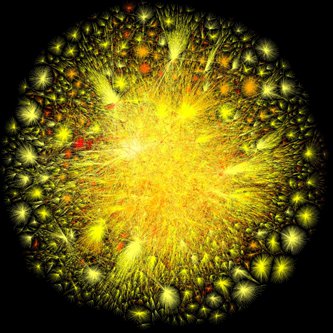
Today, with the miniaturization and mobility of the general-purpose computer and the maturity of high-speed network technology, the Internet has integrated with every aspect of human societies and built the foundation for globalization through terminals like computers, smartphones, tablets, smart wearable devices, etc. People already can use the Internet to meet almost all life, social, and entertainment needs such as working, social networking, entertainment, dining, shopping, traveling, etc. Meanwhile, the massive user online interactions will accumulate an enormous amount of native content (UGC content) to accelerate offline activities to shift online. At the same time, there is a considerable number of operations shifts from offline to online because of the raging coronavirus pandemic globally. The movement is increasing the “Flywheel Effect” and “Network Effect”, and humankind are speeding into the era of virtual interconnection.
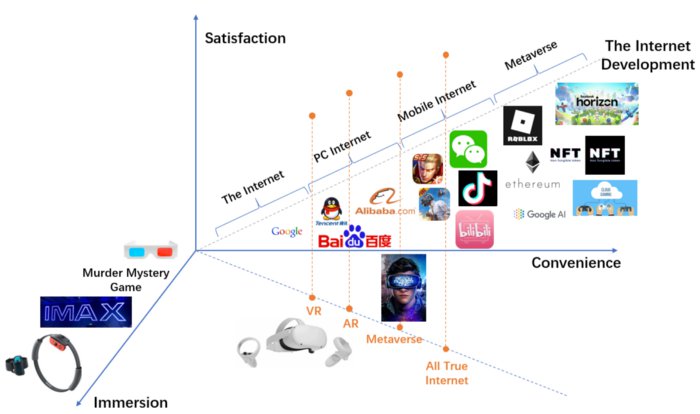
VR, AR and Brain-Computer Interface: Immersive Interaction Experience
The Metaverse is not the exact image of heaven ideally described in traditional religions and different from the “Neuromancer” that often appears in Sci-Fi novels. It aims to build a long-lasting virtual shared space while users still maintain the sense and experience of reality. Because of this, the Metaverse needs to achieve the virtual interconnection of the users and further obtain a real virtual experience to provide the users with a full realistic immersive interactive experience and maintain users’ senses to the real world. Thus, the construction of Metaverse relies on VR, AR, and brain-computer interface technology as the necessary means to perform the interaction.
VR stands for virtual reality, which refers to the computer simulation technology to create and experience the virtual world. AR stands for augmented reality, which is the technology that integrates virtual information with the real world to achieve a surreal sensory experience. Both VR and AR technologies can be a vital component of Metaverse, and supporting equipment can ensure the delivering immersive or surreal interactive experience to the users.
Although the early development of VR/AR technologies can be traced back to the 1950s and 1960s, its essential equipment has merely reached a proof-of-concept level for a long time. Until 2012, VR/AR technologies have been genuinely brought to the public by the invention of head-mounted VR device, Oculus, and the wearable AR device, Google Glass. While the brain-computer interface technology is still in the laboratory research and development stage, it has the most imaginative application potential.

Blockchain: An Open and Transparent Economic System
The Internet and immersive interactive devices can provide Metaverse with a network foundation, computing power, high-quality content, and interactive devices. However, an open and transparent economic system is necessary for ensuring the sustainable operations of the Metaverse, and the revolutionary value of blockchain is reflected in the process.
The blockchain-enabled economic system can provide Metaverse with financial services, including online payment, value transfer, store of value, etc. For example, it gives Metaverse users the ability to identify, confirm, and trade virtual assets. In addition, the fair, transparent and efficient economic system is beneficial to improving the efficiency of mass collaboration by Metaverse users.
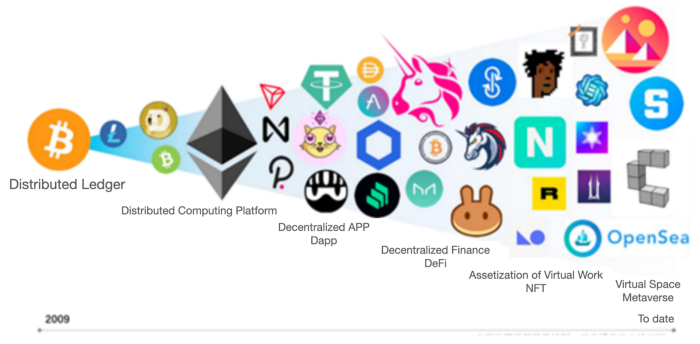
The value of blockchain in Metaverse is mainly reflected in the following three aspects:
1.Payment and Settlement System
Blockchain, the technology that runs Bitcoin, is a peer-to-peer electronic cash system, and blockchain technology is derived from Bitcoin as a decentralized ledger tracking of digital assets on the peer-to-peer network. The core features of blockchain include not being accessible to corrupt, open and transparent, peer-to-peer payment, etc. The economic system will become the key for Metaverse to achieve massive and sustainable operating, and decentralized blockchain technology provides Metaverse with a payment and settlement system that seamlessly integrates with a virtual network.
2.Smart Contract
The smart contract is functionalized on Ethereum, represents the second-generation blockchain technology, and is the computer program intended to execute automatically. Due to the openness and transparency of blockchain networks, smart contracts have excellent features like automation, programmability, transparency, verifiability and can carry out on-chain interactions with the reduction of need in trusted intermediates. Therefore, if the Metaverse’s financial system is built on blockchain, it is possible to take advantage of the mentioned features that smart contract has and reduce the potential harmful behaviors such as rent-seeking, fraud, and manipulation. In addition, smart contract empowers users to develop transparent and safe decentralized applications that can be widely used in financial, social, gaming and other fields. Especially in the DeFi space, the smart contract has made considerable progress, and several successful applications have emerged, such as Uniswap, AAVE, Compound, etc.
3.Non-fungible Token(NFT)
NFT stands for non-fungible tokens mainly with ERC0721 standard, distinguished from fungible tokens mainly with ERC-20 standard. The most valuable features of NFT are indivisible and unique. Therefore NFT can be thought of as a certificate of authenticity to mark, trade, and transfer the rights of inseparable and exclusive assets. Hence, NFT is suitable for identifying the uniqueness of Metaverse assets like user profile, personal data, rare item, asset right, intellectual property, then better protect, trade, and transfer users’ assets and rights.
2.The Industrial Ecosystem of Metaverse
It will take time for the Internet to evolve to Metaverse ultimately, but the Metaverse, as the guiding direction of future Internet development, is still full of imagination and attraction. Therefore, the leading companies and organizations worldwide have long been deployed in every aspect of Metaverse, hoping to seize the pass for the next version of the Internet. The following chapters will comprehensively list Metaverse’s industrial ecosystem targeted on hardware industry, content industry, and blockchain.
2.1 Hardware industry
In Metaverse, users must gain the real-time sense to build an immersive experience through interactive devices. It raises the harsh requirement of the hardware and makes hardware the inevitable condition for Metaverse. There are generally two types of hardware: the universal hardware that includes computing power and network; and the specialized hardware including VR and AR devices.
- The Universal Hardware
The universal hardware refers to computing power and network. Network transmission mainly ensures the low latency for achieving a more realistic sense. The latest technological breakthrough for the network is the high-speed and low latency network transmission represented by 5G. In terms of computing power, Metaverse has almost unlimited computing power demands. It put forward higher requirements for the personal terminal in portability, high performance, and parallelization. Cloud computing technology stands out because of high scalability, effective use of edge computing resources, cloud aggregating, and lower barrier of computing power for personal terminals. At present, cloud computing has already been applied in the cloud gaming field, and it is expected to become the robust support on computing power for future Metaverse.
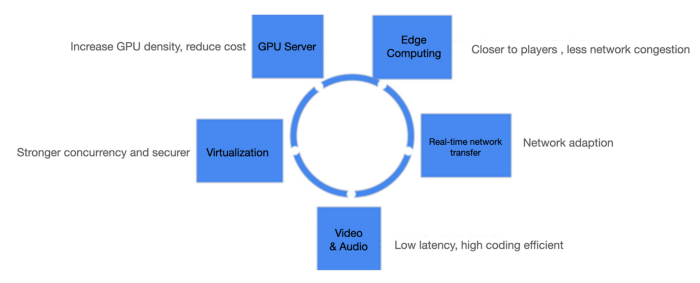
Nowadays, high-speed networks represented by 5G have been commercially applied on a large scale and become the battleground for the telecommunication industry of various nations. China began to promote commercial 5G in 2019 and speed up its construction from 2020. China has built more than 800,000 5G base stations, accounting for around 70% of the global proportion. The 5G-related companies mainly include Huawei, Nokia, ZTE, Samsung, Ericsson, and Qualcomm.
- The Specialized Hardware
The specialized hardware related to Metaverse mainly refers to the equipment that ensures the users’ realistic interaction sense and immersion, including AR, VR, and brain-computer interface devices. The VR and AR devices are relatively mature and can be applied to specific business scenarios, such as 3D movies, 3D concerts, simulated driving training, and online virtual tours.
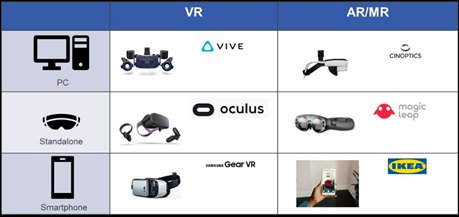
However, the VR and AR devices are far from the mature stage, and these devices cannot provide users with a smooth, long-lasting, virtual shared, and massive interaction experience. Besides the VR/AR devices are complex and heavy, they can only provide the users with a partial surreal experience instead of supporting whole interaction and sharing of all senses. The limitations of VR/AR technologies make the brain-computer interface stand out.
The brain-computer interface technology refers to establishing a direct signal channel and achieving interaction between the human brain and other electronic devices without language or body movement. The sense is the biological system used to gather information about the world and respond to stimuli, and the brain ultimately realizes sense receives signals from outside. Theoretically speaking, brain-computer interface technology can fully simulate all sensory experiences by stimulating the corresponding cortices of the brain. In terms of principle, compared to VR/AR devices, the brain-computer interface device directly connected to the human cerebral cortex is more likely to become the best device for interaction between the users and the virtual world in the future Metaverse. By that time, people will experience the magnificent virtual world described in Avatar via a brain-computer interface device instead of interstellar traveling. The brain-computer interface technology is currently in its experimental stage, and the leading companies deployed in this field include Neuralink founded by Elon Musk, Kernel, and MindMaze.

2.2 Content Industry
In the Internet era, the “flywheel effect” and “network effect” are two critical laws that drive the continued prosperity and development of the entire industry. Similarly, these two laws are also applicable to the industrial development of the Metaverse. That is, the content industry of the Metaverse needs to have enough attraction in terms of category and quality to form a “network effect” and reduce the marginal cost of scale expansion; when it develops to a stage where the ecosystem is sound and prosperous enough, it will form a “flywheel effect” and enter a stage of continuous prosperity of ecological self-promotion and self-proliferation of high-quality content. At present, many Internet companies are actively laying out the content industry of the Metaverse, such as Valve Steam, Facebook oculus & Horizon platform, Nvidia’s Omniverse, and Reworld’s interactive physics engine.
Generally speaking, to form a comprehensive virtual world, at least people need to meet their basic needs in reality, such as entertainment, socializing, work, etc. Because the Metaverse has incomparable advantages in immersion and interactivity, virtual games that focus on user experience will become the breaking point of the Metaverse and will most likely become the primary carrier of social and work scenes in the Metaverse.
It can be said that the Metaverse will become the best carrier for virtual games, and virtual games will also become the mainstream content form for most scene applications in the Metaverse (such as art, entertainment, and even some life scenes). That is, all application scenarios in the Metaverse will reveal noticeable gamification characteristics. Obviously, open UGC games represented by Minecraft and Roblox have begun similar exploration.
- Minecraft
Minecraft is a well-known sandbox game. Its first public version was released in 2009. The game provides players with almost unlimited ways of creation, allowing them to explore, interact and create on their own. Players can use the game’s material blocks and environment units to perform various activities, including map modification, building construction, ore collection, combat adventure, etc.
The popularity of Minecraft cannot ignore its UGC mode. Through the supporting toolkit, the threshold for players to develop games is lowered, the cost of content creation is reduced, and the personalized needs of players can be well met, thus significantly improving the creativity and stickiness of users. It is reported that Minecraft has more than 400 million registered users, 12 thousand development teams, and more than 55 thousand quality content.
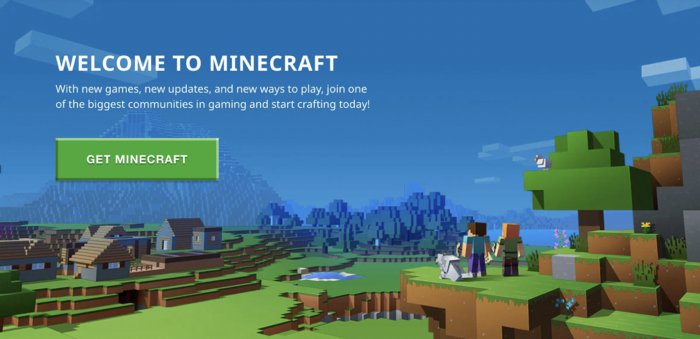
- Roblox
Founded in 2004, Roblox has made many innovations based on sandbox games. It provides users with a richer and more comprehensive material library, editing functions, and creative content, and is compatible with VR game creation, and provides Roblox Studio for developers and Roblox Cloud, a game cloud platform for Click and Play. More importantly, Roblox also offers economic incentives for players by introducing virtual tokens in addition to content creation incentives.
By the end of 2020, Roblox had an average of 32.6 million daily active users, 8 million active developers on the platform, and millions of 3D gaming experiences. In 2019, Roblox had more than 100 million MAU, and a total of more than 10 million creators used Roblox to create, and by Q1 2021, the platform already had more than 18 million gaming experiences, and DAU was as high as 42.1 million people, with up to 7 million developers. After going public, Roblox has a market cap of over $40 million and was hailed “the first Metaverse stock”.
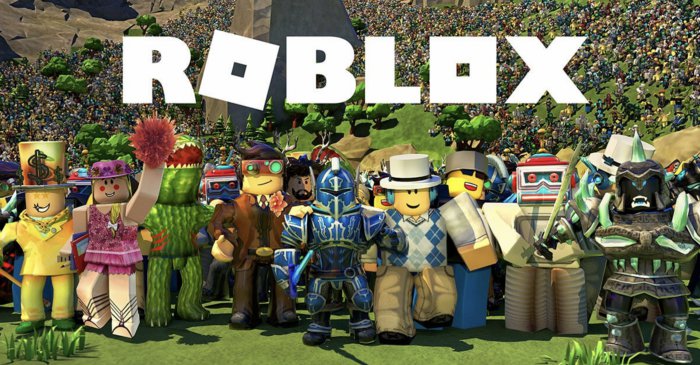
In short, the content industry in the Metaverse will be very different from the Internet era, and will emerge through a game-based approach, such as games + concerts, games + work meetings, games + graduation ceremonies, etc. For example, on February 3, 2021, the US rapper Travis Scott held a virtual concert called “ASTRONOMICAL” on the virtual stage set up in the game “Fortnite” through motion capture technology in the form of full-parallax character projection, which attracted more than 10.7 million audiences in just 10 minutes. The scene can be described as fantastic and magnificent, with unprecedented pomp. With the advent of the metaverse era, new entertainment, new social and even new collaboration models that combine the needs with virtual games will emerge by the day.
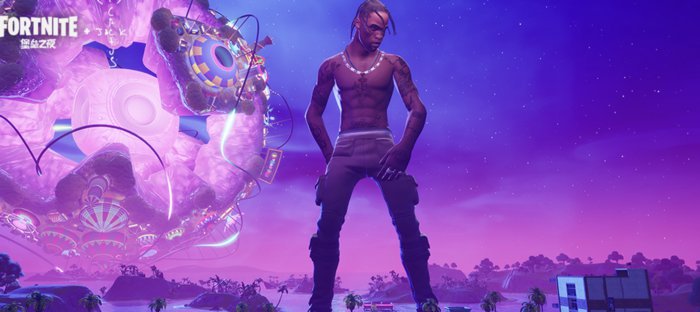
(To be continued)
Reference
- Neal Stephenson, Snow Crash, 1992
- “Metaverse”, Wikipedia
- “The Internet 1991–2021”, the Opte Project
- “Augmented, Mixed and Virtual Reality 2020–2030: Forecasts, Markets and Technologies”, IDTechEx Research
- “The metaverse: what every early-stage investor needs to know”, Frank Holmes, 2021
- “Dapp industry overview:July 2021”, DappRadar, 2021
- “Metaverse: The Next Version of the Internet”, Guosheng Securities, 2021
- “Roblox in-depth report: Metaverse first stock, metaverse leader”, Tianfeng Securities, 2021
- “Metaverse: Game is the Ark to Virtual Reality”, Tianfeng Securities, 2021
Disclaimer
The information in this research report comes from publicly disclosed information, and the opinions in this article are for research purposes only and do not represent any investment opinions. The opinions and predictions issued in the report are only analysis and judgment on the date of issuance and do not have permanent validity. In addition, under no circumstances will the organization and the author be liable to anyone for any losses caused by the use of any content in this report.
原文:https://ld-capital.medium.com/the-metaverse-overview-from-the-past-to-the-future-part-1-65c9185c0b90
-
The Metaverse Overview: From the Past to the Future(Part 2)
by justin July 5, 2022

